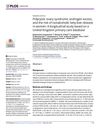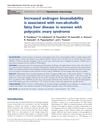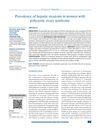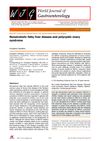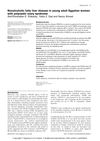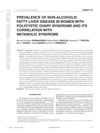Abdominal Obesity as a Predictive Factor of Nonalcoholic Fatty Liver Disease Assessed by Ultrasonography and Transient Elastography in Polycystic Ovary Syndrome and Healthy Women
August 2019
in “
BioMed Research International
”
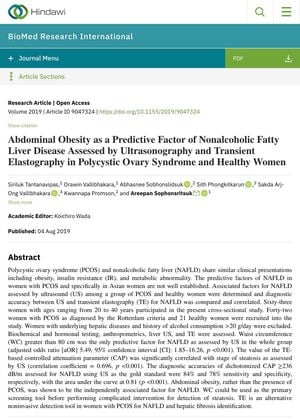
TLDR Belly fat is the main predictor of nonalcoholic fatty liver disease in both women with Polycystic ovary syndrome and healthy women.
The study conducted in 2019 involved 63 women, 42 with Polycystic ovary syndrome (PCOS) and 21 healthy women, aged between 20 to 40 years. The research aimed to identify predictive factors of nonalcoholic fatty liver disease (NAFLD) in these women. The study found that abdominal obesity, measured by a waist circumference greater than 80 cm, was the only significant predictor of NAFLD in both groups. Other factors such as BMI, fasting blood sugar, insulin resistance, and metabolic syndrome were initially associated with NAFLD, but only waist circumference remained significantly associated after multivariate logistic regression. The study also found that transient elastography-based controlled attenuation parameter (TE-CAP) values significantly correlated with steatosis stage as assessed by ultrasonography. The study concluded that abdominal obesity, rather than the presence of PCOS, was the independently associated factor for NAFLD.
